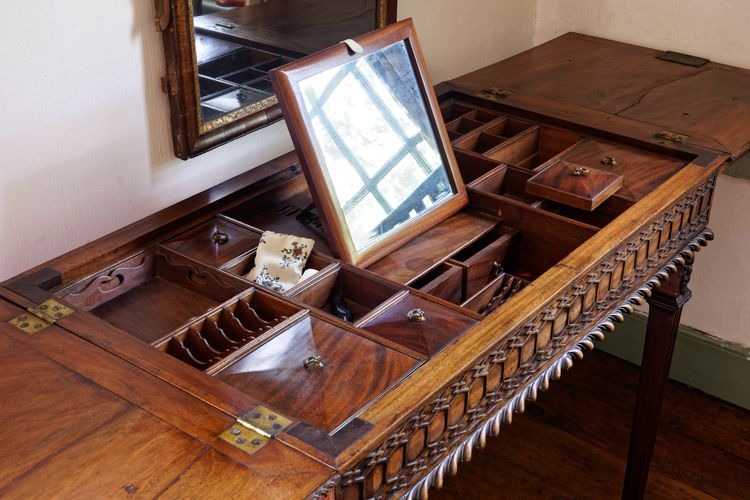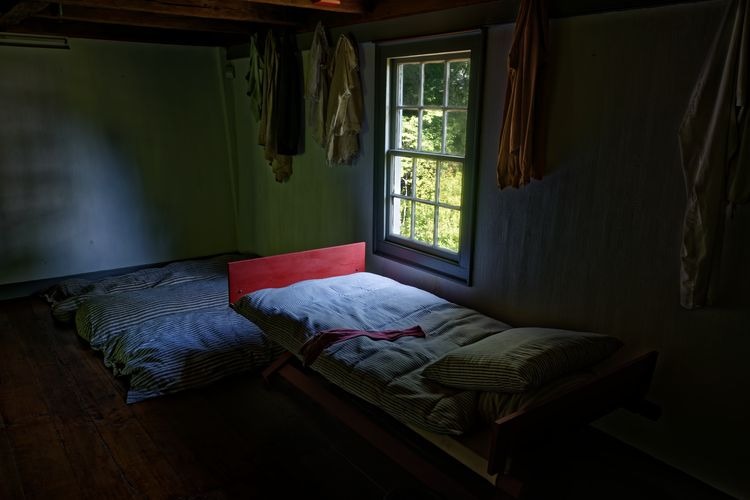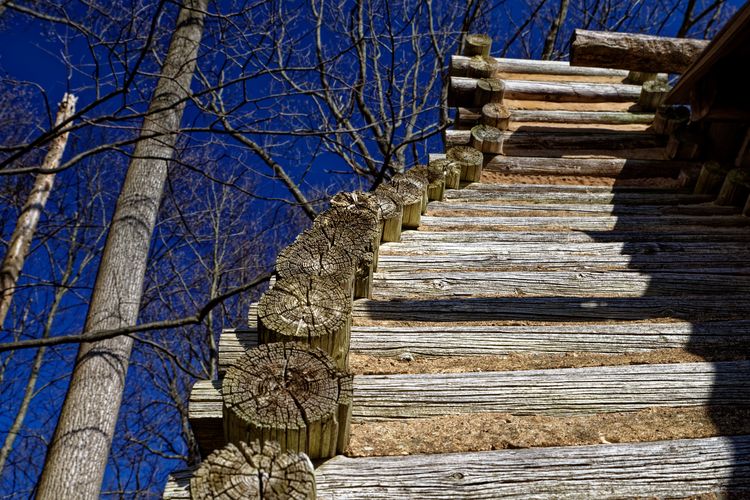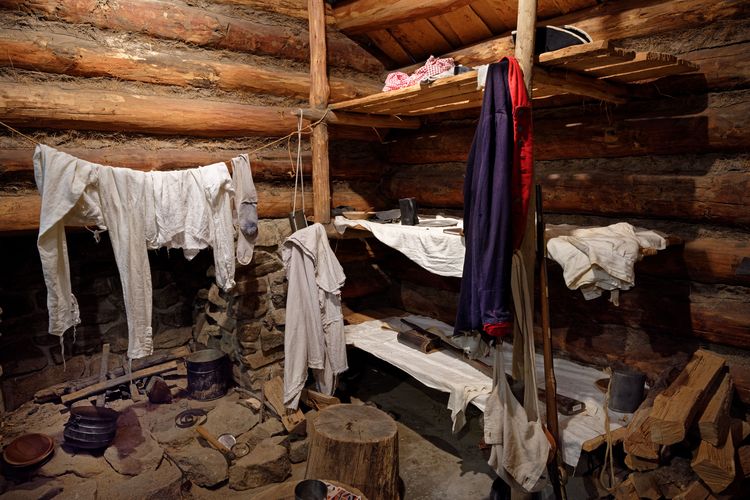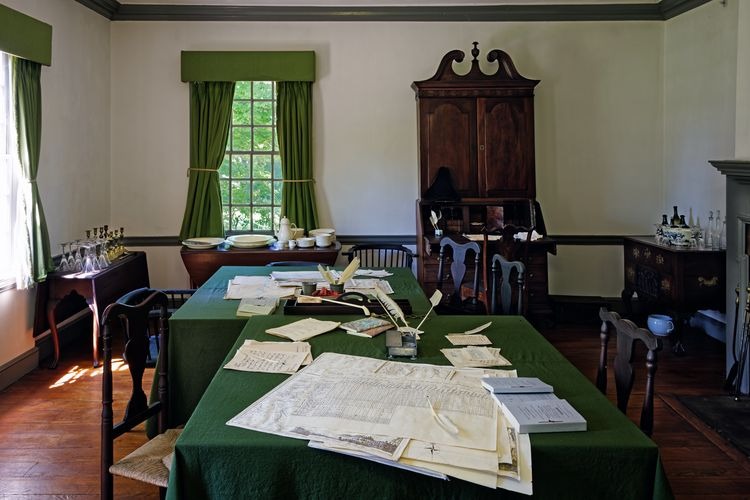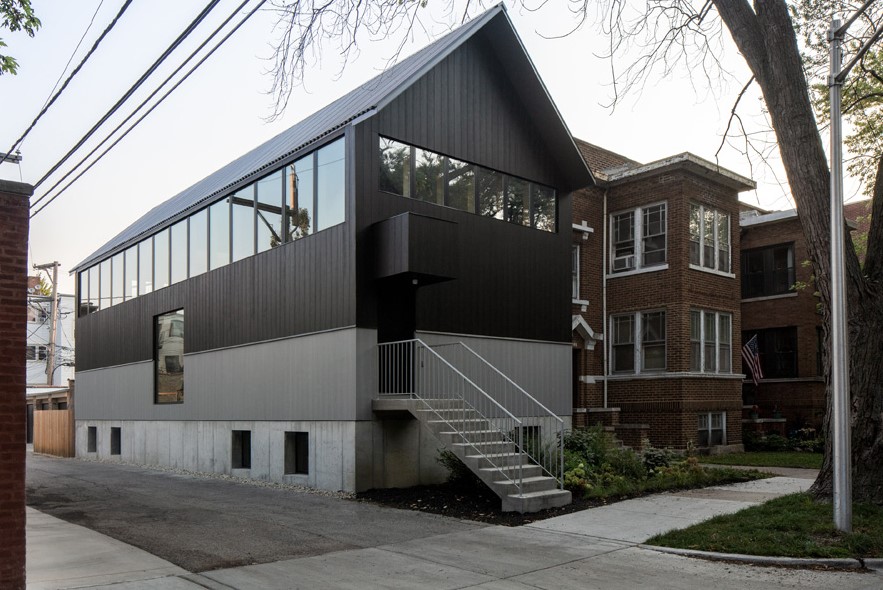Growing up, photographer Xiomáro found the subject of history to be dull, distant and hard to connect to.
But when he’s shooting for the National Park Service at places like Teddy Roosevelt’s retreat at Sagamore Hill, or George Washington’s 1779-80 headquarters, the Ford Mansion in Morristown, N.J., that’s different.
“When I visit these places it’s a very visceral experience – I walk on the same floorboards they did or use the same doorknobs or look in the same mirror,” he says. “I try to capture and photograph that experience.”
And his work covering Washington’s headquarters and surrounding area is on exhibit called “At Home with George” at the Ford Mansion just in time for Memorial Day – and until July 30.
Washington selected the Ford Mansion because it’s located halfway between New York City, which was occupied by the British, and Philadelphia, where the Continental Congress was. “It’s up on a high peak so that if the British approached, they could see them,” he says. “It’s among the largest structures in town.”
General Washington, his wife Martha, five aides-de-camp, eighteen servants, a number of visiting dignitaries and sometimes guards took over most of the house. His troops were stationed in Jockey Hollow, a 2,000-acre tract nearby. During one of the worst winters of the century, they were tasked with building their own log cabins – in two feet of snow.
Xiomáro has been faithful in documenting the conditions that all were living in. “I tell different stories that might get lost in the shuffle, like the reproduction of the hut that the soldiers stayed in,” he says. “I show the interior and the exterior in snow to get an understanding of the experience they had to endure in a log cabin – there were 12 soldiers in a small space, and it’s pretty amazing that they prevailed in the war.
Even the dignitaries’ and aides’ rooms had multiple cots in a small, narrow room. “They were accustomed to better quarters but now they were in a Spartan environment,” he says. “Only George and Martha got the master bedroom.”
Tours of the mansion are limited in time, and visitors can’t enter its rooms because of velvet ropes. So the photographer’s work makes up for that. “When I do photographs I get to go in the rooms where the public can’t go and photograph things not on display,” he says. “It’s a created architectural experience.”
Washington’s stay in Morristown lasted six months. In May of 1780 the Marquis de Lafayette arrived there with encouraging news. The French had committed six warships and 6,000 troops to the American cause.
By October 19, 1791, the British had surrendered at Yorktown.
As Xiomáro’s now discovered, history’s not really so dull, distant and hard to connect to, after all.
For more, go here.


